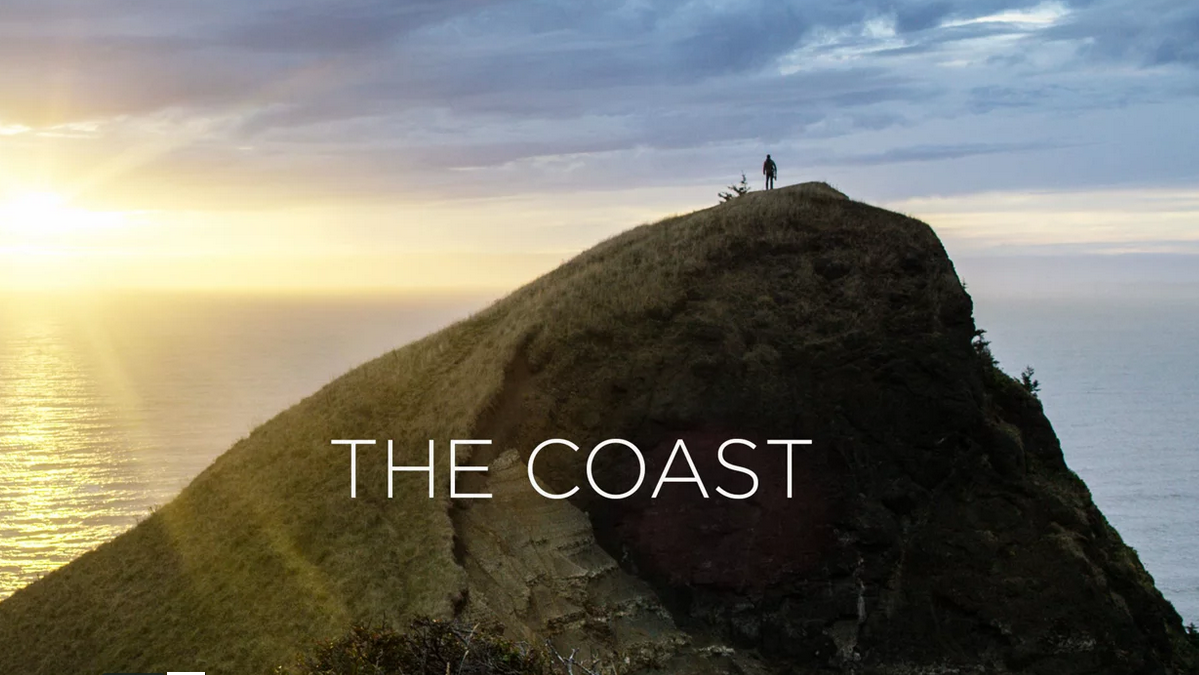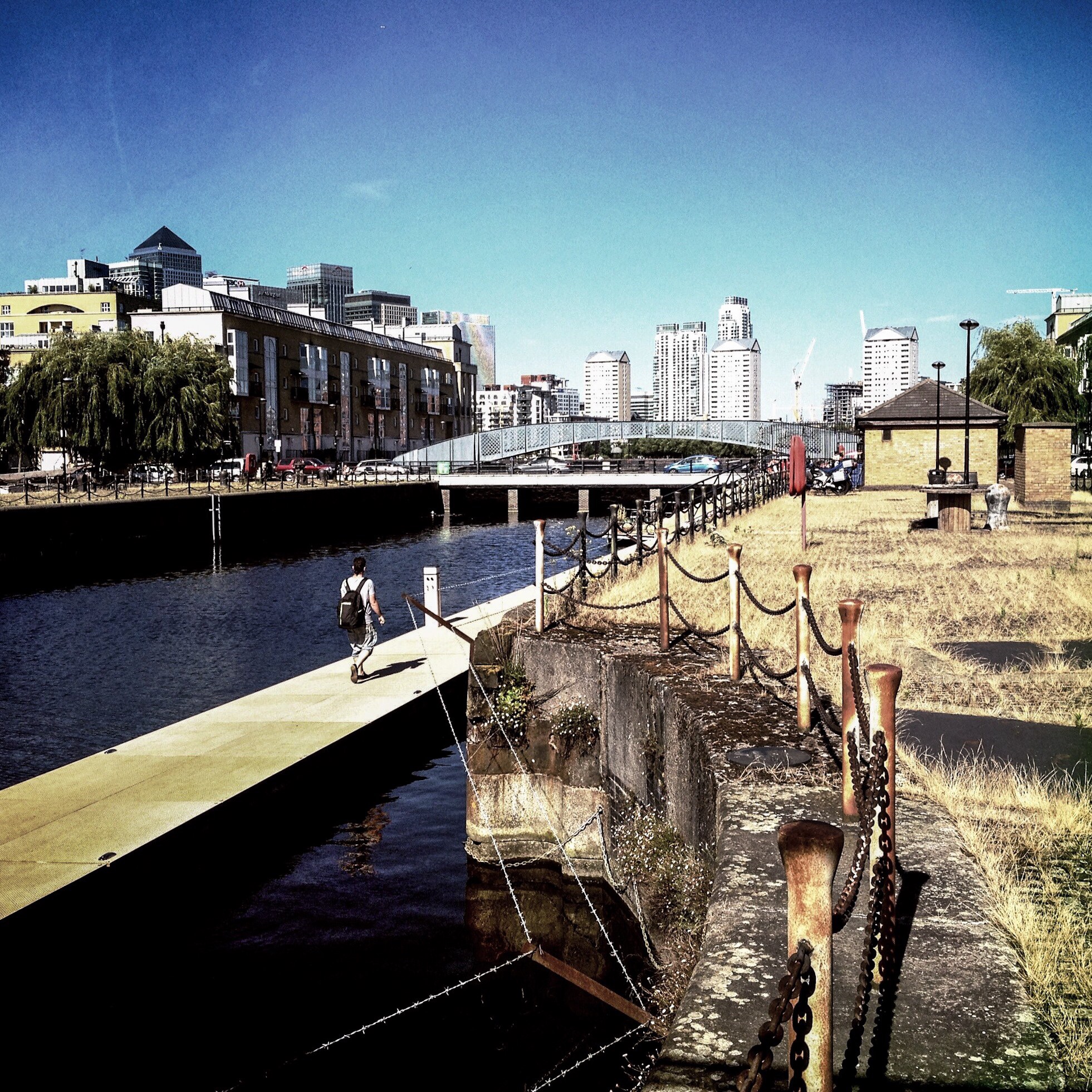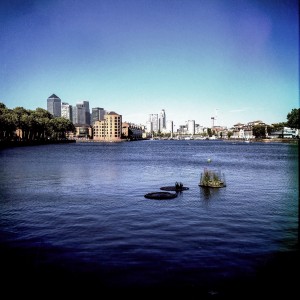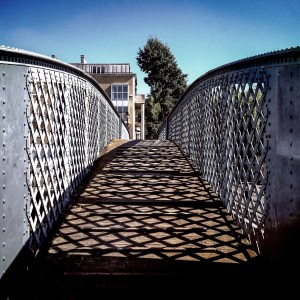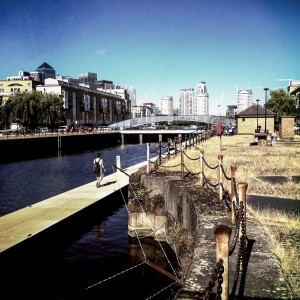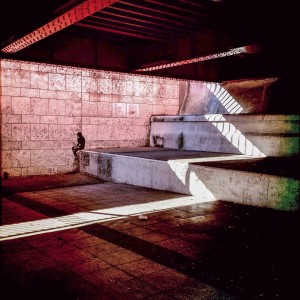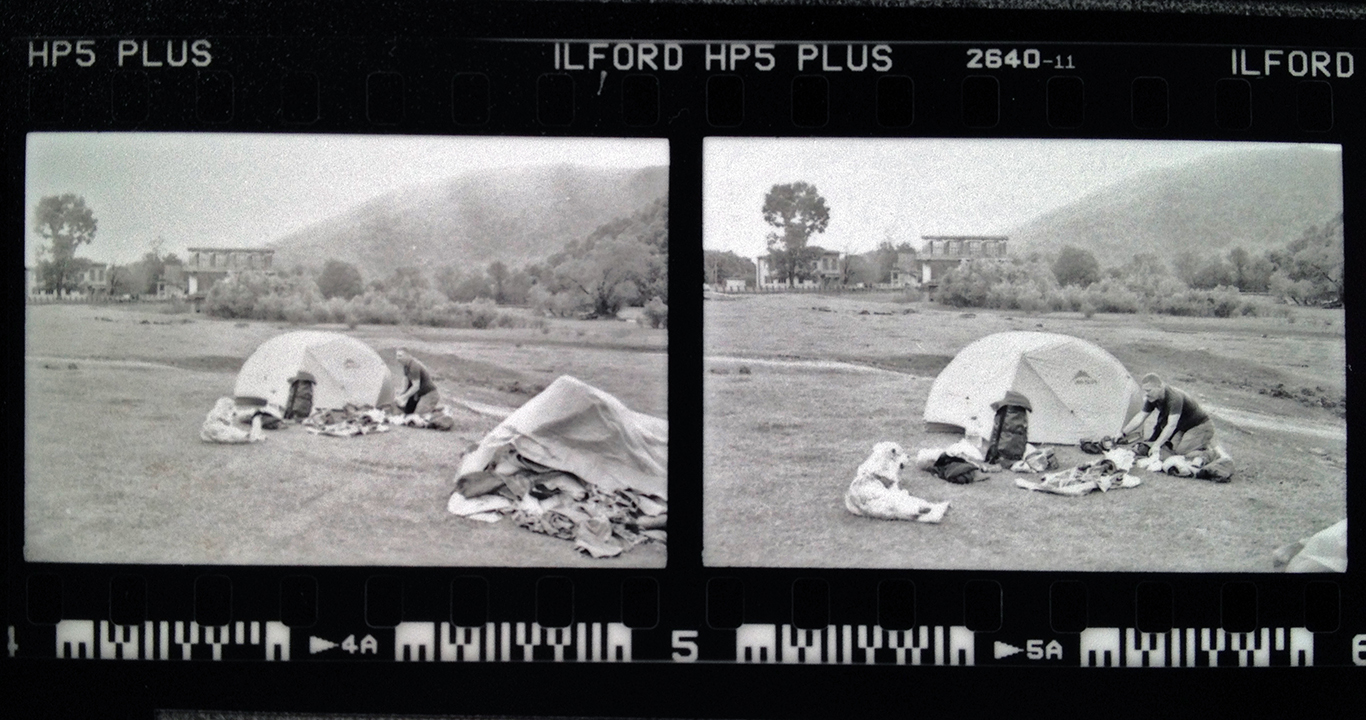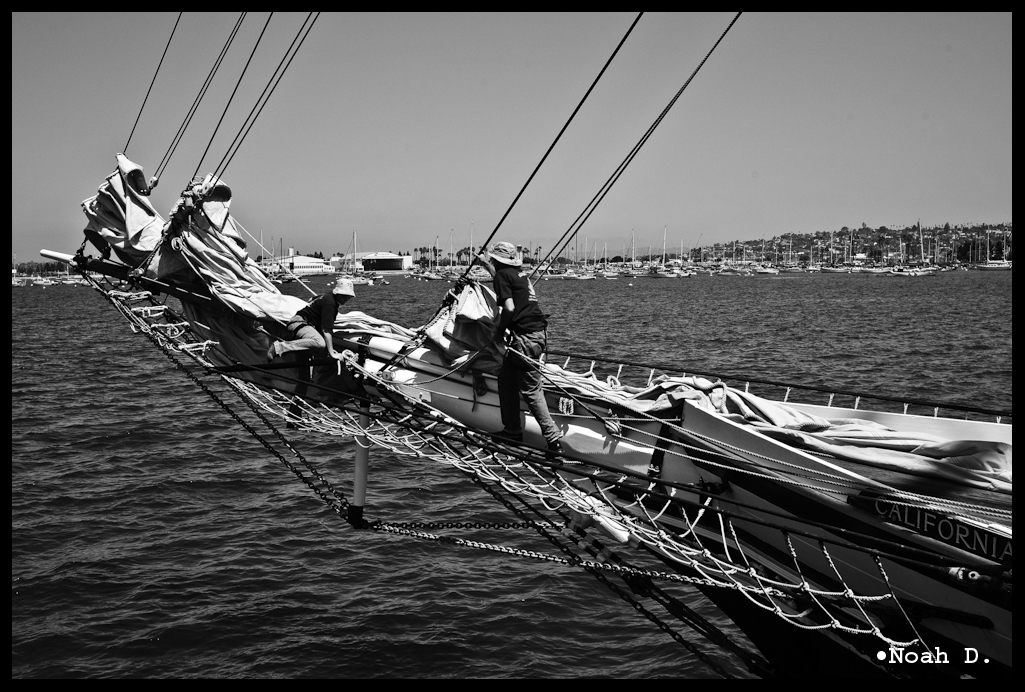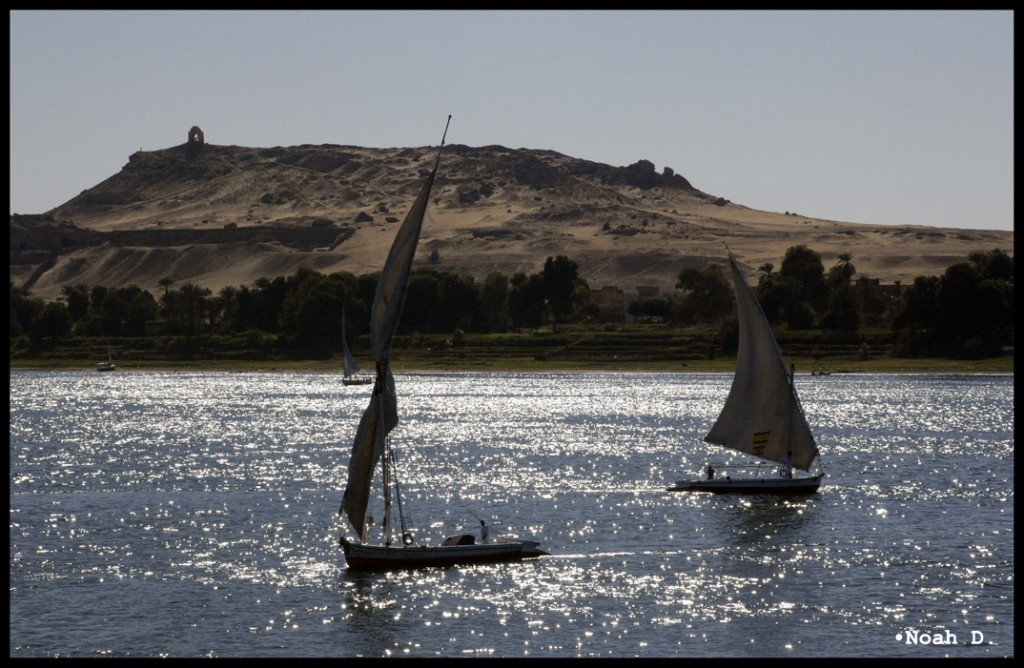Deprecated: Function create_function() is deprecated in
/hermes/walnacweb05/walnacweb05an/b419/moo.haonavy/curiosity/wp-content/plugins/wp-spamshield/wp-spamshield.php on line
1958
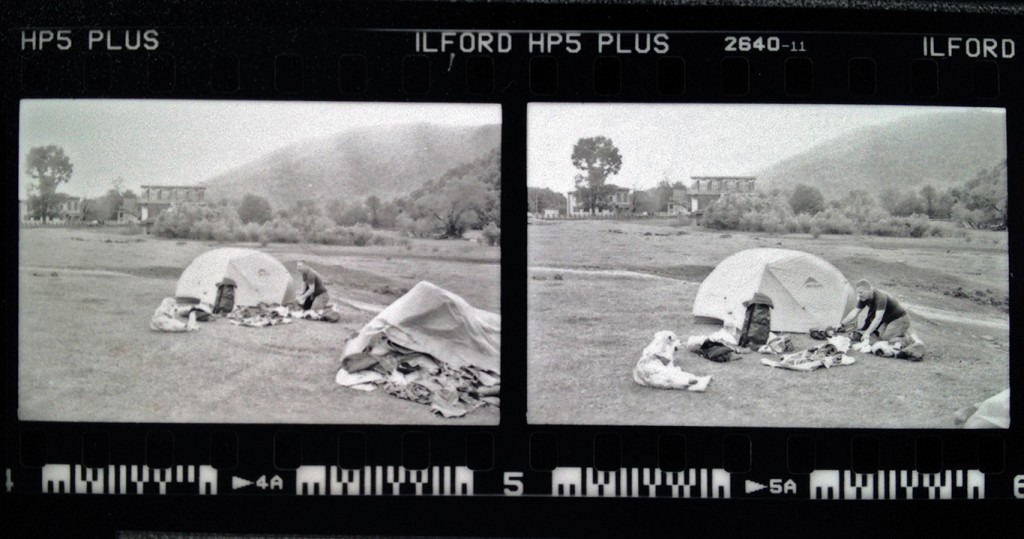
By Noah
Twenty-four hours after this pair of photographs were taken, I experienced the most difficult night of my life. And, though that might sound like an inflated statement, here’s a little of the circumstances surrounding this photograph:
My friend, Philip, and I–both photojournalists–were working on a project with the shepherds in the southeastern Caucasus. This particular evening in Georgia, we were in the lowlands awaiting our hosts: shepherds of the arid Samoukhi region in the far southeast tip of Georgia. This beautiful location (exactly here) is final staging ground for shepherds who will make the hard push up and over the Abano Pass into the summer grazing grounds.
This particular night of relative comfort–due to the tent–was followed by hiking approximately 20 miles from 1500ft to 9500ft the next day… at which point we were in conditions too bad and too urgent for the tent, so we “slept” in every piece of clothing we owned (including our coats)… inside a sleeping bag… under our rain cloaks… surrounded by all our gear… rolled in a blue tarpaulin.
Now, that wouldn’t be so bad, except the fact that outside our little blue burritos were about 6000 sheep, goats, cows, and horses. At this point, none of us–not even the shepherds–had eaten much other than vodka-soaked bread and some canned tuna (I think it was?) and half-way wild onions for the last 36 hours. This was the danger of this trek at this time of year: all the livestock are pushed hard because there is nothing to eat above the tree-line.
I mention the hunger issue not to make you pity us, but pity the sheep and the fact that I was nibbled and stepped on countless times during the night. Somewhere around 3am, I was nibbled on and whatever-it-was pinched the skin of my shoulder… so, I punched it through the many layers. The satisfaction of clocking a random animal in the middle of the night was short-lived…
The conditions were complete misery. For the few minutes of sleep I might have gotten, I spent most of the time shivering and soaking wet. It had been “raining” lightly as we lay down; however, I think it was just pervasive clouds. And to tell you how pervasive was the water… everything–literally everything–was wet. Every layer of the 5 or 6 that I had on was wet. Even under my back, which was inside the sleeping bag all night. The only thing that was not wet was the contents of a $10 oversized dry bag that my cameras and notebooks were inside and I had been very careful not to open it.
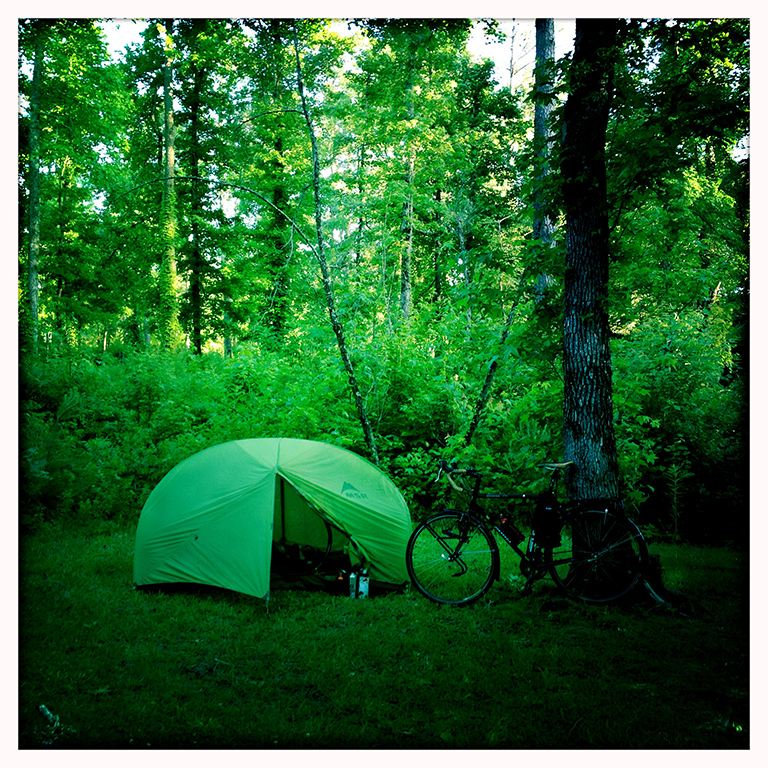 What a strange way to start a review of a tent: a night in the most miserable conditions I’ve ever experienced and I didn’t even put up the tent! I give you this little anecdote because that is the situations in which I have no problem taking this tent. Even though the situation did not allow for it to be set up this time, it would have handled it, I have no doubt.
What a strange way to start a review of a tent: a night in the most miserable conditions I’ve ever experienced and I didn’t even put up the tent! I give you this little anecdote because that is the situations in which I have no problem taking this tent. Even though the situation did not allow for it to be set up this time, it would have handled it, I have no doubt.
Rewind one year to the first time I ever used the tent for an extended period of time:
I rather consider it a shakedown cruise of my equipment and myself. For eight days, I bicycled from Nashville, Tennessee, to Natchez, Mississippi: the entire length of the Natchez Trace. For 444 miles over eight days I lived on a Jamis Aurora Elite expedition bike and lived in the MSR Hubba Hubba NX Tent .
.
The 2014 version of this tent has been redesigned, but my copy–the 2013 version–I actually slightly prefer due entirely because it is green. (Though it is a tough find these days.) I wouldn’t have thought much of this until I saw it in action. One hazard of wild camping–especially certain places in the world–is being bothered by people. The tent, though kind of lime green, blends in well with the environment. The new version, however, is all red and grey… certainly a little more stylish, but a bit less natural colors.
One thing that I do recommend with this tent is the proper MSR Tent Footprint that is built for it.
that is built for it.
Now, why is discussing a tent relevant for a sailing site? One of the coolest things I’ve seen people do while sailing routes like the Great Loop is to actually get out of the boat and camp along the way.
Notable things to mention…?
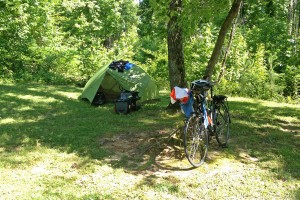 This tent can put up with some of the most ridiculous conditions I’ve thrown at it. But don’t think that means it is difficult to set up or break down. It literally sets up in 7 or 8 minutes and, from the experience of the morning after the top photo was taken, it can be broken down in perhaps 60 seconds. Most importantly, footprint, structure, and rain fly packs down to the size of an American football (maybe a fraction larger) and weighs much less. I can pack it into luggage for international assignments and I don’t have to sacrifice too much else.
This tent can put up with some of the most ridiculous conditions I’ve thrown at it. But don’t think that means it is difficult to set up or break down. It literally sets up in 7 or 8 minutes and, from the experience of the morning after the top photo was taken, it can be broken down in perhaps 60 seconds. Most importantly, footprint, structure, and rain fly packs down to the size of an American football (maybe a fraction larger) and weighs much less. I can pack it into luggage for international assignments and I don’t have to sacrifice too much else.
The tent is also spectacularly designed. Having spent weeks and weeks worth of time in this tent, I’ve never felt a drip on the inside that I didn’t inadvertently bring in. The design extends to the rope-free set-up. The tent pegs are really perfectly designed to hold each corner and the rainfly without fuss. I’ve been in a few storms with (Force 3-4) wind and I haven’t worried about it at all.
Don’t expect it to keep you too warm, but shockingly, the interior of the tent says warmer than I expected considering how breathable the material actually is.
Complaints?
The Hubba Hubba (two Hubba’s) version says “2-person.” Yeah, that is true. But you probably need to be quite good friends with them. I used it as a 1-person tent while on the Natchez Trace and kept all my equipment inside. With two people, the only space you have is for lying down. The rainfly extension becomes the gear shed, which the footprint does not extend to… meaning, if it rains, water will be running under your gear… or shoes.
It also has only a very small little pocket on either end for storage. It really might not matter very much to some people, but I could see how this Gear Loft could be a nice addition.
could be a nice addition.
Conclusion
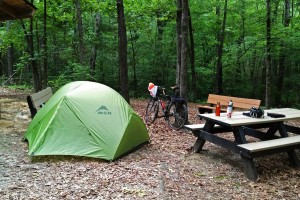 Would I buy it again? Absolutely. It is not the biggest tent in the world (far from it) but it is perfect for extended living in rough conditions. MSR (Cascade Designs) have constructed a serious tent and not wasted anything while not stripping it down too far.
Would I buy it again? Absolutely. It is not the biggest tent in the world (far from it) but it is perfect for extended living in rough conditions. MSR (Cascade Designs) have constructed a serious tent and not wasted anything while not stripping it down too far.
Is it a perfect tent to keep aboard a boat? Yes. Put it in a little out-of-the-way compartment. And when you need to take it to shore in your tender, you won’t even know it is on the boat.
A monetizing mention:
Though my comments and opinions about the tent itself are entirely my own and generated from real-world use, the links I post that open to Amazon are actually part of an Amazon Associates program. If you are in the market for these products, please click through and purchase them by my referral. It costs you nothing extra and I get a percentage of the sale cost:
MSR Hubba Hubba NX Tent
MSR Hubba Hubba Tent Footprint
MSR Universal Gear Loft
###
